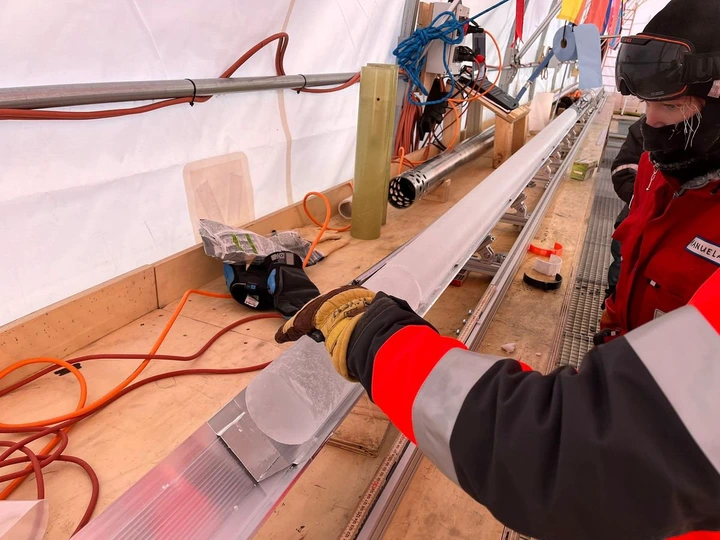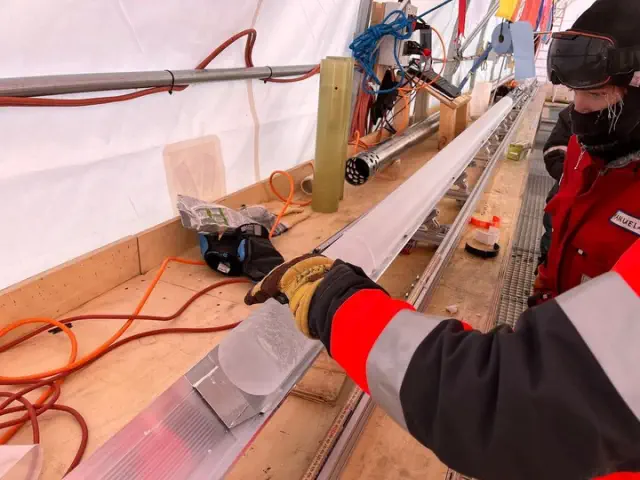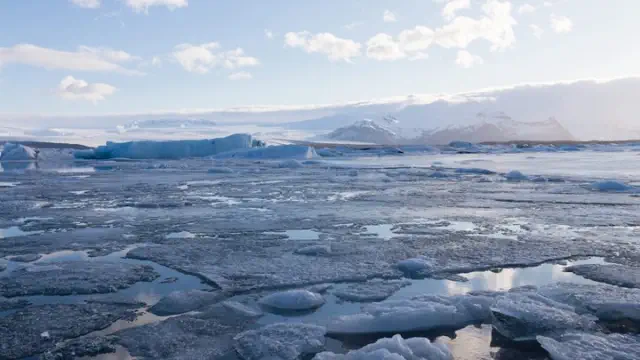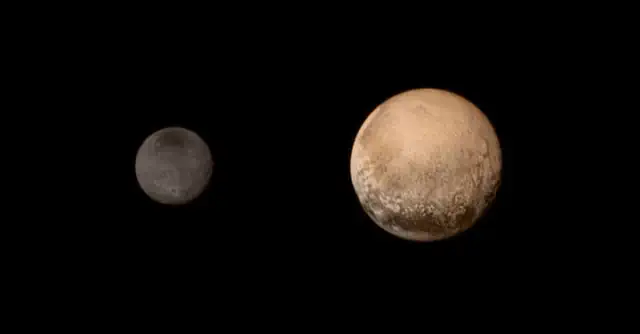The ancient popsicle serves as a fascinating time capsule, preserving a glimpse into the distant history of our planet Earth.

View pictures in App save up to 80% data.
In their pursuit of the oldest ice on Earth, researchers have accomplished the impressive task of drilling a 2,800-meter (9,186-foot) ice core, penetrating all the way to the bedrock beneath the Antarctic ice sheet. This remarkable achievement uncovers a continuous climate history of our planet stretching back at least 1.2 million years.
The ice core was obtained from a remote site in Antarctica called Little Dome C by researchers from the “Beyond EPICA - Oldest Ice” project, funded by the European Commission.
“The right location was identified using cutting-edge radio echo sounding technologies and ice flow modeling. Impressively, we found the record that goes from 0.8 to 1.2 million years ago, exactly where it was predicted to be, in the depth range between 2,426 and 2,490 meters [7,959 and 8,169 feet], extending our previous twenty-year-old EPICA ice core record,” Frank Wilhelms, principal investigator in the field and joint professor at Göttingen University and the Alfred Wegener Institute, said in a statement.
Antarctica is covered in extremely chunky ice sheets that sit on top of continental bedrock. The latest expedition by Beyond EPICA has reached the transition point between ice and rock, which could provide important clues about our planet’s past.
Ice cores can provide insights into Earth’s climate history because each layer captures atmospheric gases, dust, and isotopic compositions from the time it was formed, allowing scientists to infer past conditions.

View pictures in App save up to 80% data.
“Preliminary analyses conducted at Little Dome C suggest that the top 2,480 meters [8,136 feet] hold a high-resolution climate record extending back 1.2 million years, with as much as 13,000 years of data compressed into just one meter of ice,” stated Julien Westhoff, the lead scientist in the field and a postdoctoral researcher at Copenhagen University.
Collecting these samples is an enormous undertaking. The team has dedicated more than 200 days to their work on the central Antarctic plateau, situated at an elevation of 3,200 meters (10,498 feet) above sea level, where the typical summer temperature hovers around -35°C (-31°F).
Currently, the project faces the challenge of transporting the ice core samples to laboratories for thorough analysis.
Gianluca Bianchi Fasani, a senior researcher at ENEA-UTA (National Agency for New Technologies, Energy, and Sustainable Economic Development - Antarctica Technical Unit) and the logistics lead for Beyond EPICA, stated, “The valuable ice cores collected during this mission will be transported back to Europe aboard the icebreaker Laura Bassi, while ensuring the maintenance of the -50°C [-58°F] cold chain, which presents a considerable logistical challenge for the project.”










